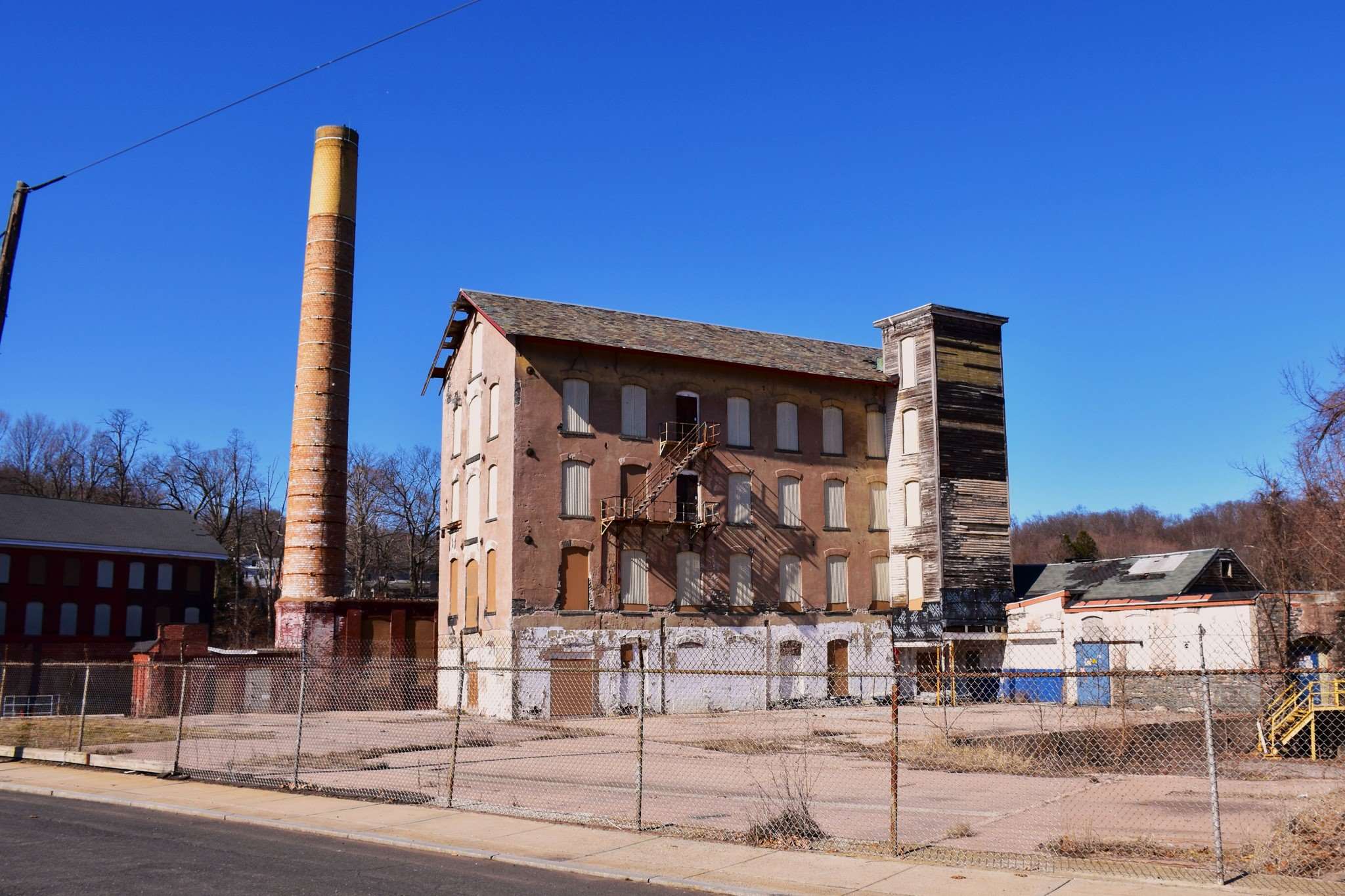Lost Silk Mill Towns Of Connecticut

Have you ever wondered about the lost silk mill towns of Connecticut? These hidden gems once thrived during the 19th and early 20th centuries, playing a crucial role in America's industrial history. Picture quaint villages bustling with workers, churning out fine silk that adorned the wealthy. Today, many of these towns have faded into obscurity, leaving behind whispers of their former glory. Exploring these forgotten places offers a unique glimpse into a bygone era, where innovation and hard work were the lifeblood of communities. Ready to step back in time and uncover the stories of Connecticut's silk mill towns? Let's dive in!
The Forgotten Silk Mill Towns of Connecticut
Connecticut's history is rich with stories of industry, innovation, and community. Among these tales are the lost silk mill towns that once thrived in the state. These towns were bustling centers of silk production, contributing significantly to the local economy. Today, many of these places have faded into obscurity, but their legacy remains. Let's take a journey through some of these forgotten silk mill towns.
Willimantic
Willimantic, often called the "Thread City," was a major player in the silk industry. The town's mills produced vast quantities of silk thread, which were used in textiles across the country.
Willimantic Linen Company: This company was one of the largest producers of silk thread in the United States. The mill complex still stands today, serving as a reminder of the town's industrious past.
Windham Textile & History Museum: Located in the heart of Willimantic, this museum offers a glimpse into the town's rich textile history. Visitors can explore exhibits on silk production and the lives of mill workers.
Mansfield
Mansfield's silk mills were once the lifeblood of the community. The town's mills produced high-quality silk that was in demand across the nation.
Mansfield Hollow Dam: This area was once home to several silk mills. Today, it's a popular spot for hiking and picnicking, with remnants of the old mills still visible.
Mansfield Historical Society: The society preserves the town's history, including its silk mill heritage. Exhibits and archives provide insight into the town's industrial past.
Coventry
Coventry's silk mills played a crucial role in the town's development. The mills provided jobs and helped shape the community.
Capron Mill: This historic mill was a significant producer of silk in the 19th century. While the mill itself no longer operates, the building has been repurposed for modern use.
Nathan Hale Homestead: While not directly related to the silk industry, this historic site offers a glimpse into the life of one of Coventry's most famous residents. The homestead provides context for the town's broader history.
Rockville
Rockville, a village within Vernon, was another hub of silk production. The town's mills were known for their high-quality silk fabrics.
Hockanum Mill: This mill was a major employer in Rockville, producing silk and other textiles. The building still stands, now housing various businesses.
New England Civil War Museum: Located in Rockville, this museum highlights the town's history, including its role in the silk industry. Exhibits cover a range of topics, from the Civil War to local industry.
South Manchester
South Manchester's silk mills were among the most famous in Connecticut. The Cheney Brothers, a prominent family in the silk industry, established several mills in the area.
Cheney Brothers Historic District: This district includes several former silk mills and worker housing. It's a well-preserved example of a 19th-century mill town.
Manchester Historical Society: The society maintains several historic properties, including the Cheney Homestead. Exhibits focus on the town's industrial history and the impact of the silk mills.
Pomfret
Pomfret's silk mills may not have been as large as those in other towns, but they were an important part of the local economy.
Pomfret Silk Mill: This small mill produced silk thread for local and regional markets. The building has been preserved and now serves as a community center.
Pomfret Historical Society: The society works to preserve the town's history, including its silk mill heritage. Visitors can learn about the town's industrial past through exhibits and archives.
Rediscovering Connecticut's Silk Mill Towns
Connecticut's silk mill towns offer a unique glimpse into the past. These towns, once bustling with activity, now stand as quiet reminders of a bygone era. Exploring places like Willimantic, Manchester, and Rockville reveals the rich history and cultural significance of the silk industry in the state. The old mills, some now repurposed, tell stories of innovation and hard work. Visiting these towns is like stepping back in time, where you can almost hear the hum of the looms and feel the energy of the workers. Whether you're a history buff or just curious, these towns provide a fascinating look at Connecticut's industrial heritage. So next time you're in the area, take a detour and explore the lost silk mill towns. You'll leave with a deeper appreciation for the state's history and the people who shaped it.

